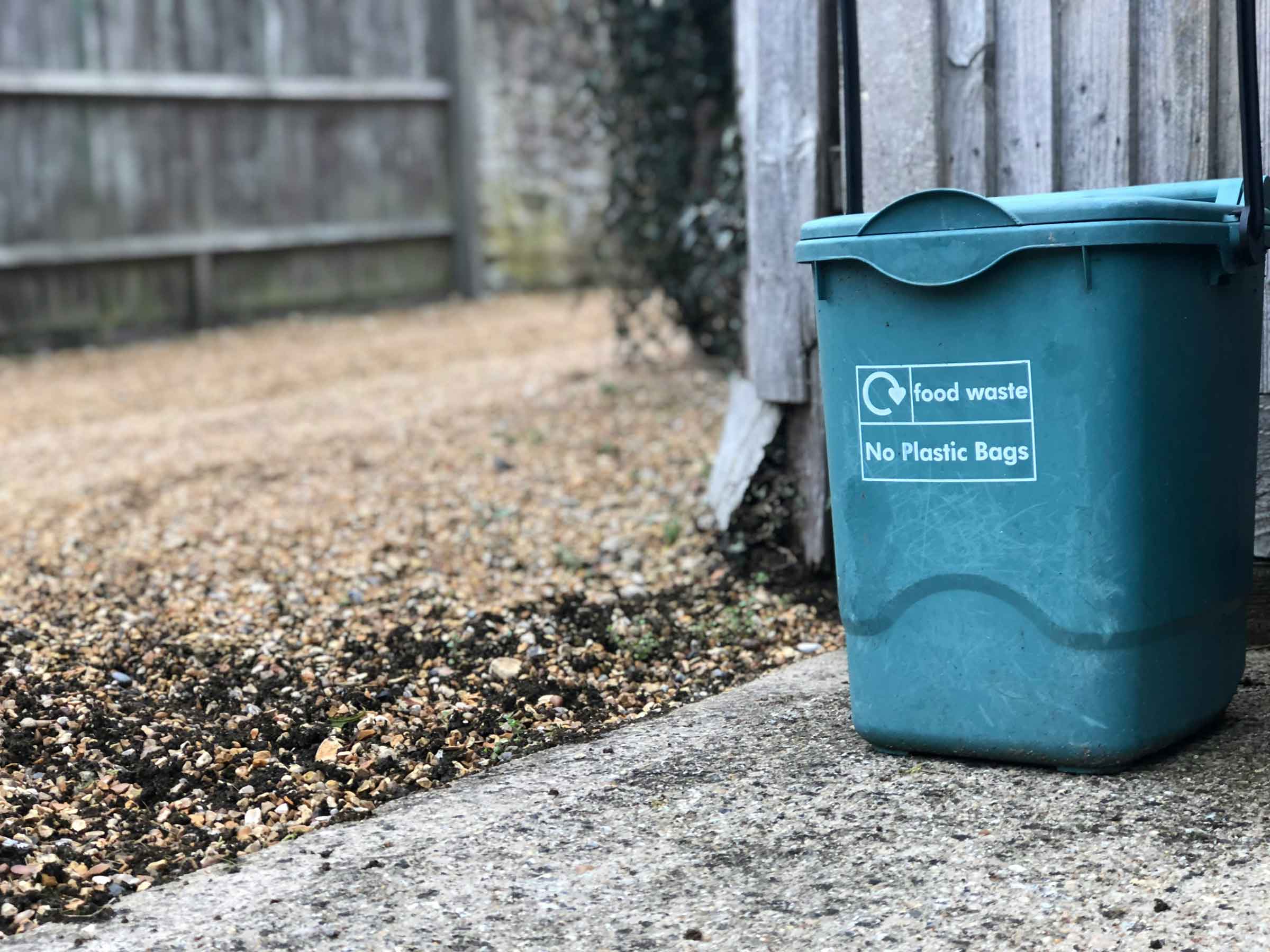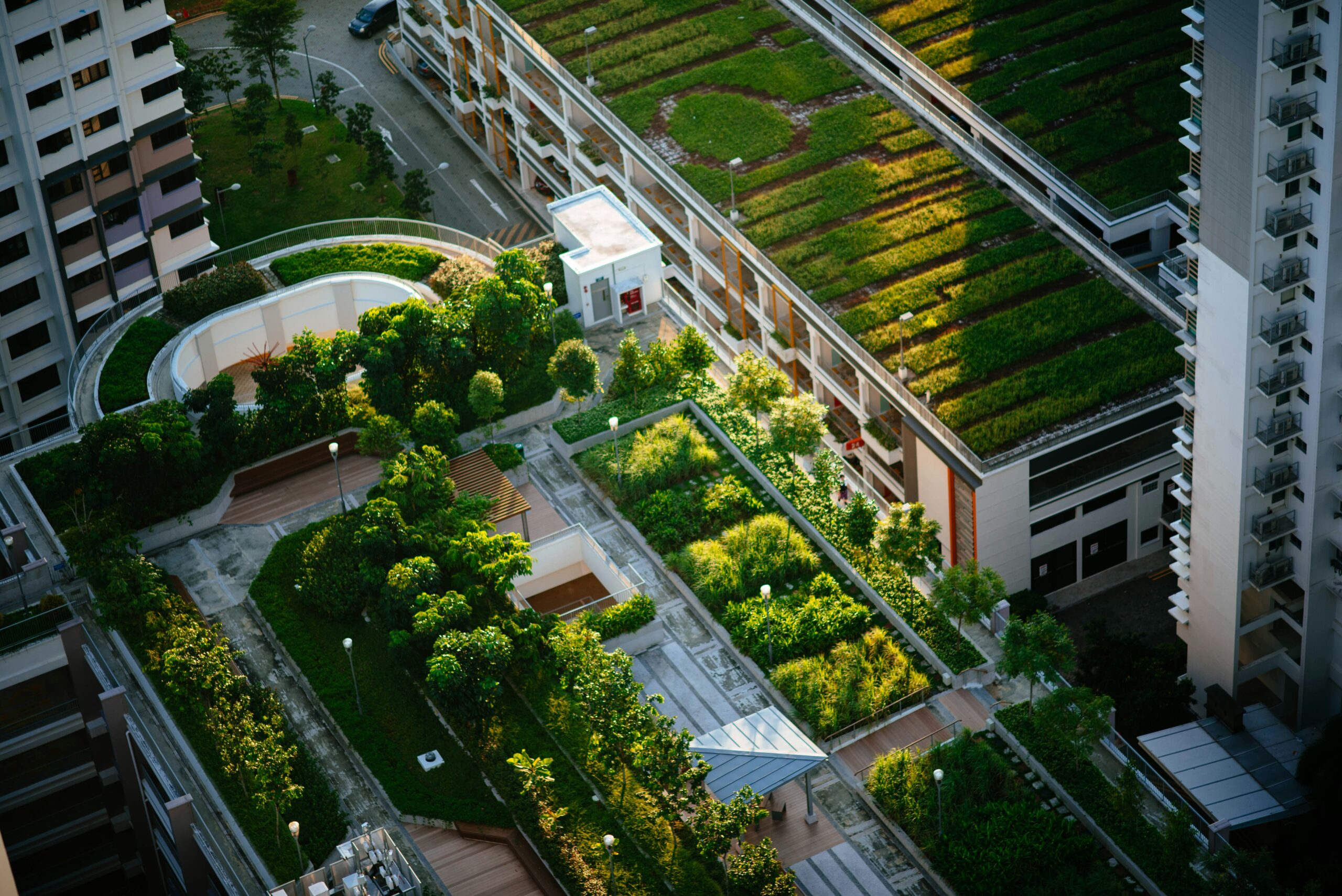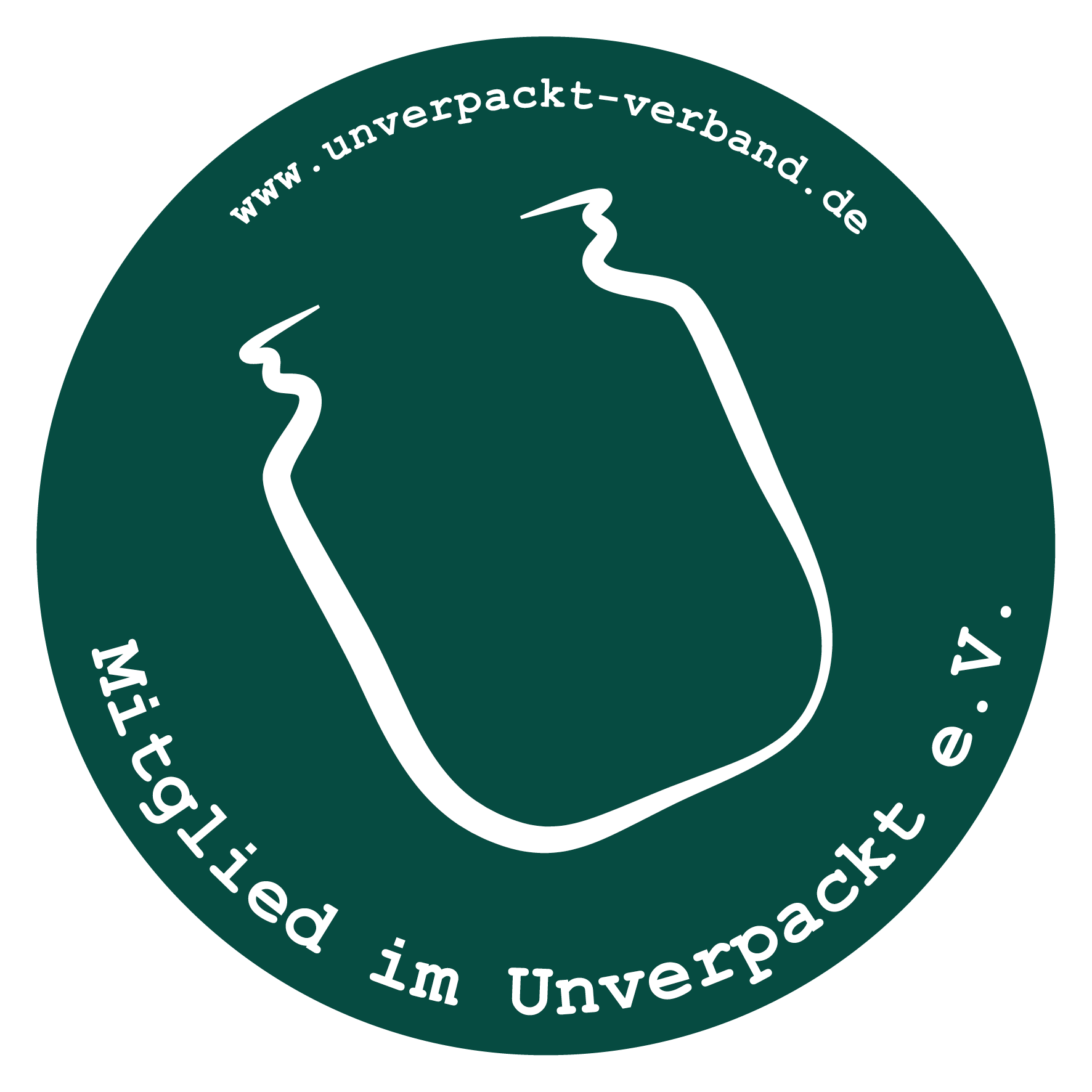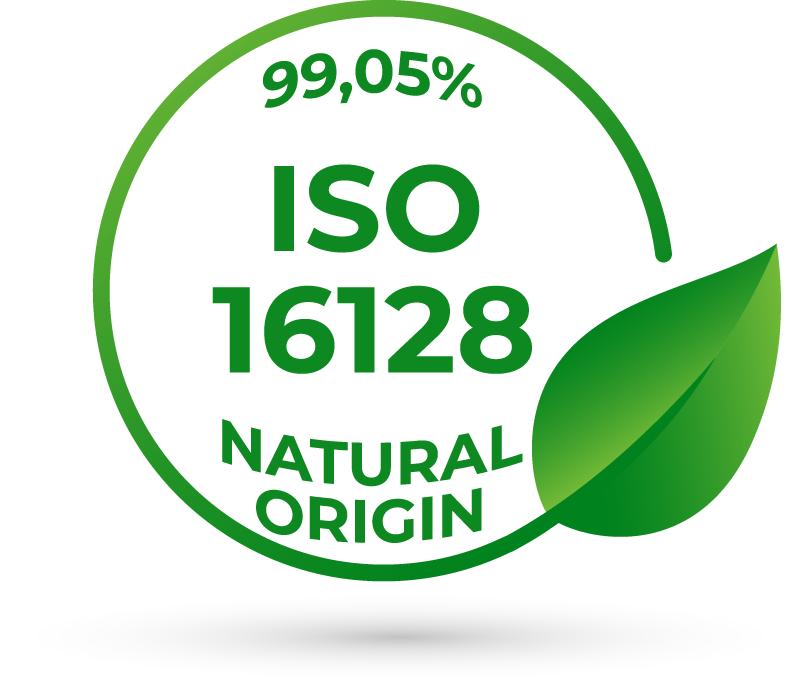Bioplastics: Hope or challenge for sustainable cosmetics packaging?

Bioplastics: A Sustainable Solution or a Recycling Challenge?
The world is becoming increasingly aware of environmental protection and sustainability. One of the major challenges we face today is how we deal with plastics. Plastics are everywhere, playing a crucial role in our daily lives, but their widespread use also has a negative impact on the environment. In recent years, biodegradable and bio-based plastics have gained attention as potential solutions to this issue.
But what exactly are bioplastics, and are they really the key to a more sustainable future?
What Are Bioplastics?
Biodegradable plastics are materials that can break down under specific conditions due to microbial activity, such as the action of bacteria, fungi, or other organisms. In contrast, conventional plastics, such as PET or PVC, are not biodegradable and can remain in the environment for centuries if not recycled. Bioplastics, therefore, offer the potential to reduce plastic waste and ease the pressure on landfill sites.
On the other hand, bio-based plastics are made from renewable raw materials like corn, sugar cane, or other plant sources.* Unlike conventional plastics made from fossil fuels, bio-based plastics are less dependent on finite resources and release fewer greenhouse gases during production. That sounds promising, right?
Bioplastics in Cosmetics Packaging
When we shift our focus to cosmetic packaging, we encounter some interesting aspects. Much of this packaging is made from plastic, contributing significantly to plastic waste. Biodegradable and bio-based plastics could therefore offer a more environmentally friendly alternative.
But is this really the case?
Challenges with Recycling Bioplastics
An important factor to consider when selecting packaging materials is the recycling system. In Germany, for example, there is a well-established and efficient recycling system that allows for a high recycling rate. The proper separation of packaging materials and their disposal is essential in maintaining this system.
However, biodegradable plastics can pose challenges within such a system. Due to their name, many people mistakenly place them in the organic waste bin, which can be problematic. Although biodegradable plastics can theoretically break down, this is not guaranteed under real-world conditions. As a result, product residues, such as thermoplastic starch, cellulose, degradable polyesters (partly derived from crude oil), and polylactide (PLA), often remain. These are not always bio-based and therefore do not belong in the organic waste, which is intended for producing agricultural fertilizer.
Similarly, biodegradable plastics are not well-suited for the recycling garbage used for sorting lightweight packaging. Sorting facilities are not yet equipped to handle these newer materials, so they are often excluded and incinerated instead.
A similar problem arises with bio-based plastics.
Bio-based Plastics: A Complicated Recycling Process
Although bio-based plastics are made from renewable raw materials, they can still cause the same recycling issues as conventional plastics. When bio-based plastics are mixed with traditional plastics, recycling becomes more difficult, and the quality of the final product can suffer.
Bio-based plastics can contain ingredients like corn starch or other cellulose-rich plants, but the exact proportion of these materials is often unspecified. As a result, bio-based plastics are not necessarily biodegradable. Like all plastics, they should be disposed of in the recycling garbage. However, there is no guarantee that they will be successfully recycled. The reason lies in their chemical composition. Some bio-based plastics, such as bio-based PET products, have the same chemical structure as conventional plastics and can therefore be recycled alongside them. But if the chemical structure is different, these plastics cannot be recycled and are typically incinerated instead.
The Bottom Line on Bioplastics
In summary, while biodegradable and bio-based plastics hold promise for reducing the environmental impact of plastics, they are not the ultimate solution to our waste crisis. The German recycling system, for example, is not yet fully equipped to handle these new types of plastics.
The direction is right, and it is essential to continue researching more environmentally friendly materials. However, we are not there yet. If you decide to use biodegradable or bio-based plastics, proper disposal is crucial. Promoting recycling, reducing plastic consumption, and exploring alternative materials are just as important steps towards a sustainable future as improving bioplastics and implementing accurate labeling and disposal instructions.
It is up to all of us to make informed decisions and rethink how we use plastics. After all, the goal is to protect and preserve our planet for future generations.
* https://www.umweltbundesamt.de/biobasierte-biologisch-abbaubare-kunststoffe









